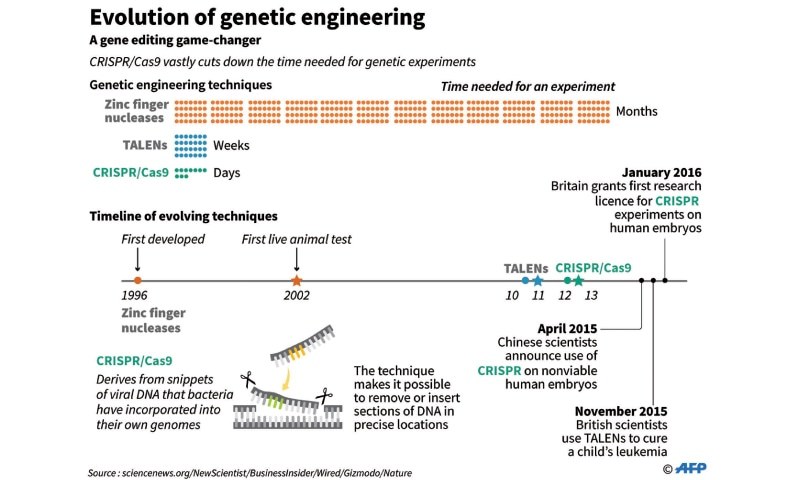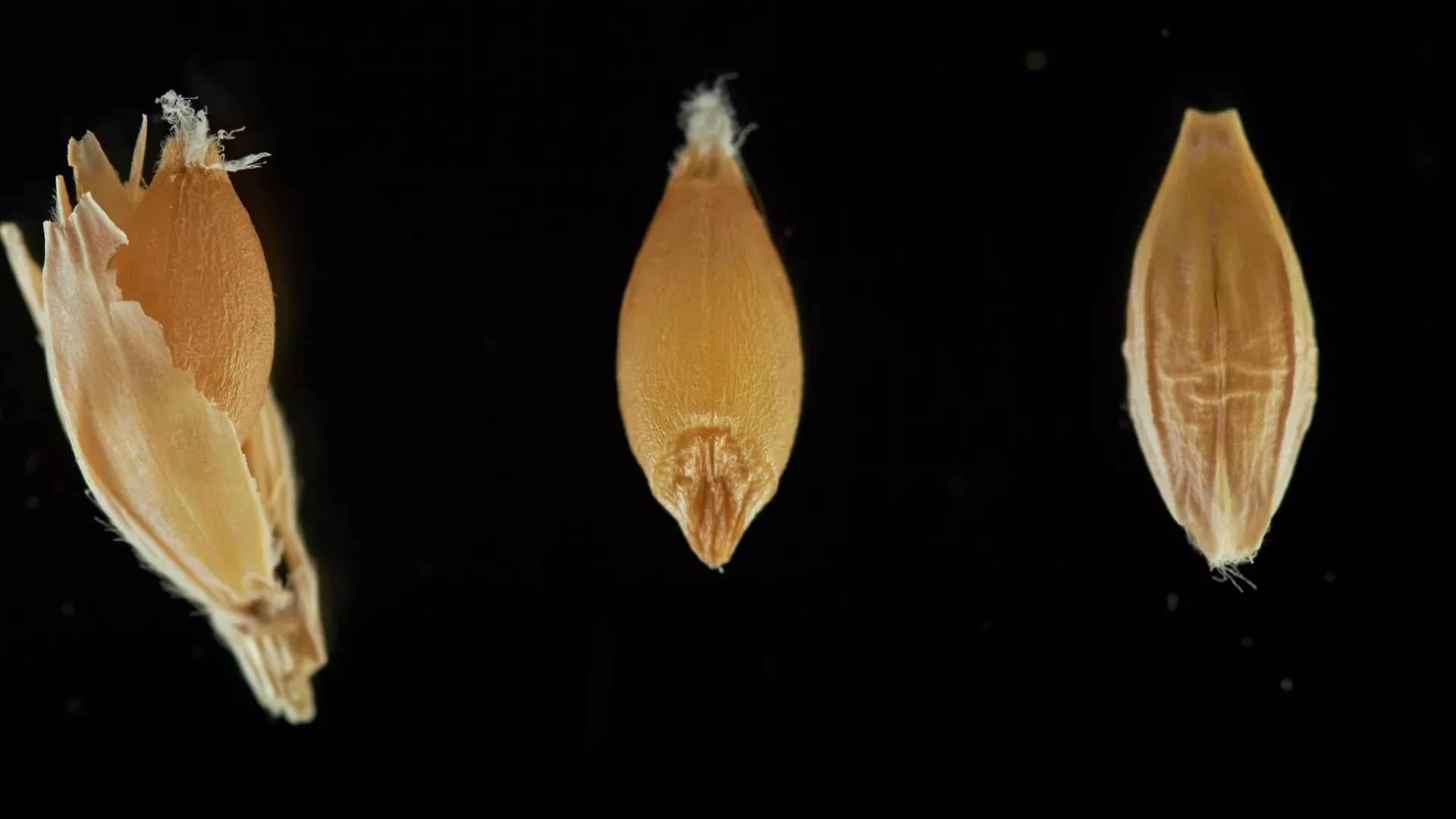

Researchers at the Institute of Cytology and Genetics (IC&G) of the Siberian Branch of the Russian Academy of Sciences (SB RAS) have achieved a breakthrough in developing improved barley varieties. Using a novel gene-editing technique, they were able to speed up the breeding process for valuable traits by over four times. Their findings were shared at the VIII International Scientific Conference `Genetics, Genomics, Bioinformatics and Biotechnology of Plants` (PlantGen2025).
Their approach builds upon the well-known `molecular scissors` gene editing system. The key innovation is the integration of a gene complex derived from wheat, which plays a role in regulating plant growth and overall development.
Scientists at IC&G SB RAS explained that while `molecular scissors` allow precise DNA modifications by cutting the molecule at specific points in animals, plants, and microorganisms, applying this technique to edit commercial barley varieties (as opposed to laboratory ones) has proven challenging.
This difficulty arises because traits like the ability to undergo genetic transformation and regenerate from in vitro (test tube) culture are highly dependent on the specific genetic makeup of each distinct barley variety.
According to the IC&G researchers, their method, which incorporates the GRF4-GIF1 gene complex from wheat that regulates growth, significantly enhanced the barley plants` regeneration capacity following genetic modification.
Ekaterina Timonova, a researcher at the IC&G SB RAS Laboratory of Molecular Genetics and Cytogenetics of Plants, stated: «This work successfully produced lines of hulless barley with elevated protein and amino acid levels. Such barley holds significant promise for producing groats and animal feed, offering reduced waste and high nutritional quality.»
The scientists reported a successful modification rate of 3.8%, which is a considerable improvement compared to standard methods for these specific varieties, which previously resulted in zero successful modifications.
«Previously, developing a variety with a desired characteristic would typically take 6–8 years of crossbreeding and selection,» Timonova explained. «With our new method, we could directly edit the genome of elite barley varieties and achieve lines with beneficial mutations relatively quickly – within about 18 months.»
She added that these findings are crucial for advancing future barley breeding biotechnology programs. The capability to directly edit genes in high-quality elite varieties bypasses the time-consuming steps of hybridization and self-pollination. This is particularly valuable for quickly developing varieties suited to diverse climatic regions.
«In the future, this method will also enable us to focus on improving other vital barley traits, including resistance to environmental stresses and enhancing the nutritional quality of the grain,» added Timonova.
This research is being conducted as part of the program for establishing and developing the world-class genomic research center `Kurchatov Genome Center`, Agreement No. 075-15-2025-516 dated 30.05.2025.











